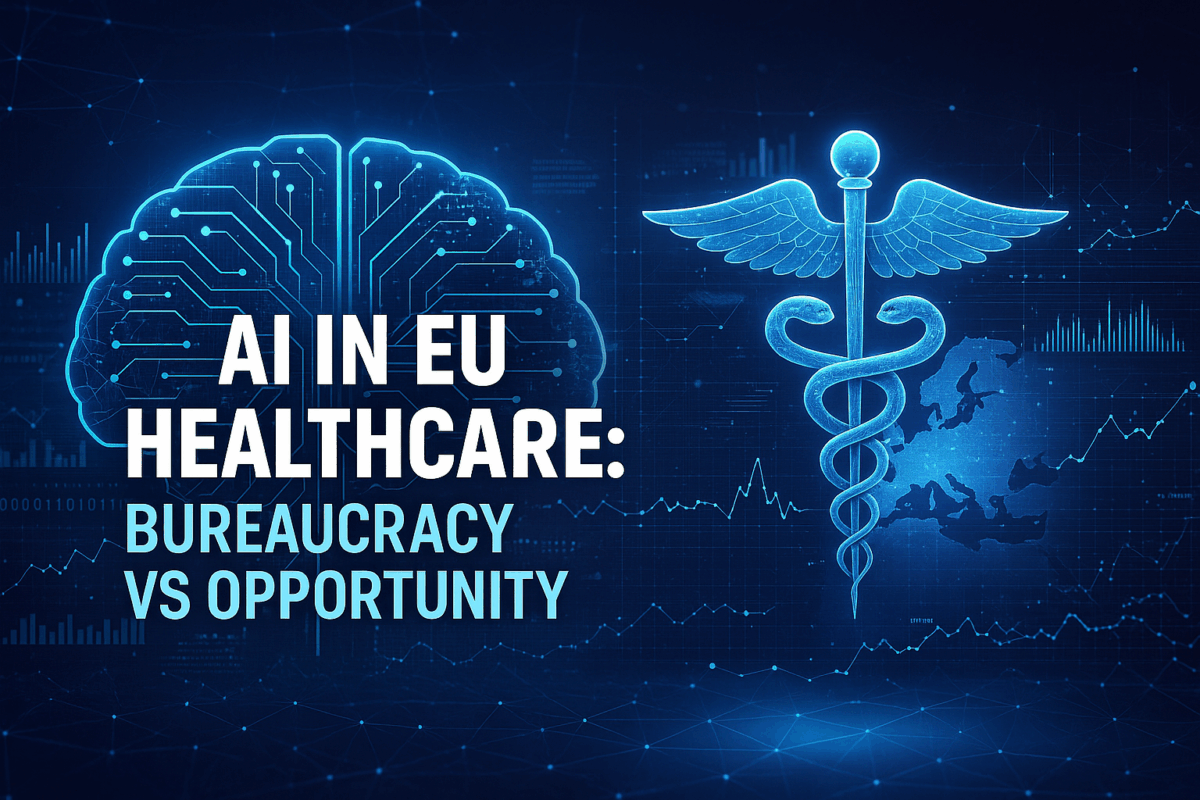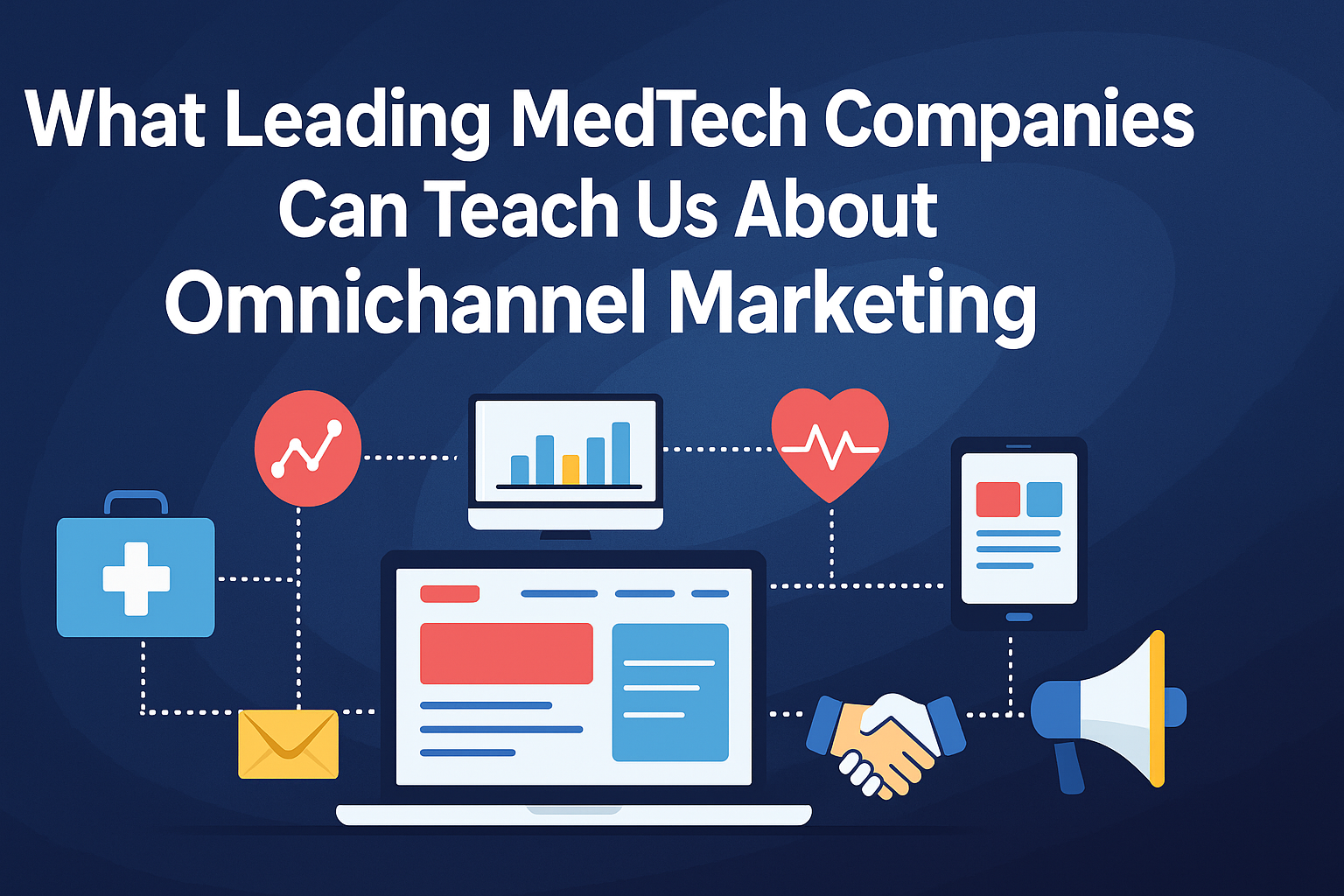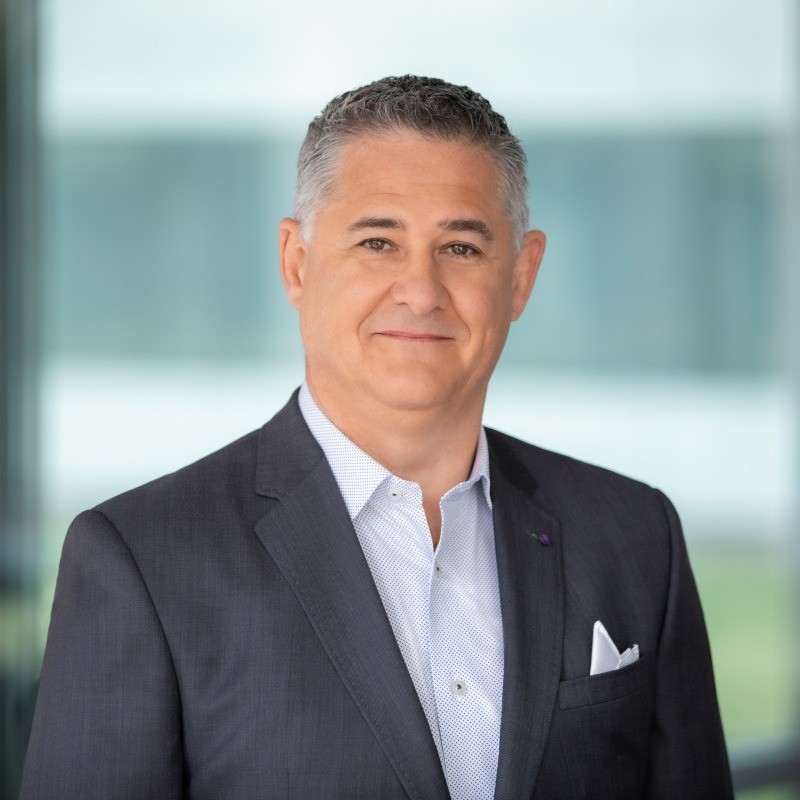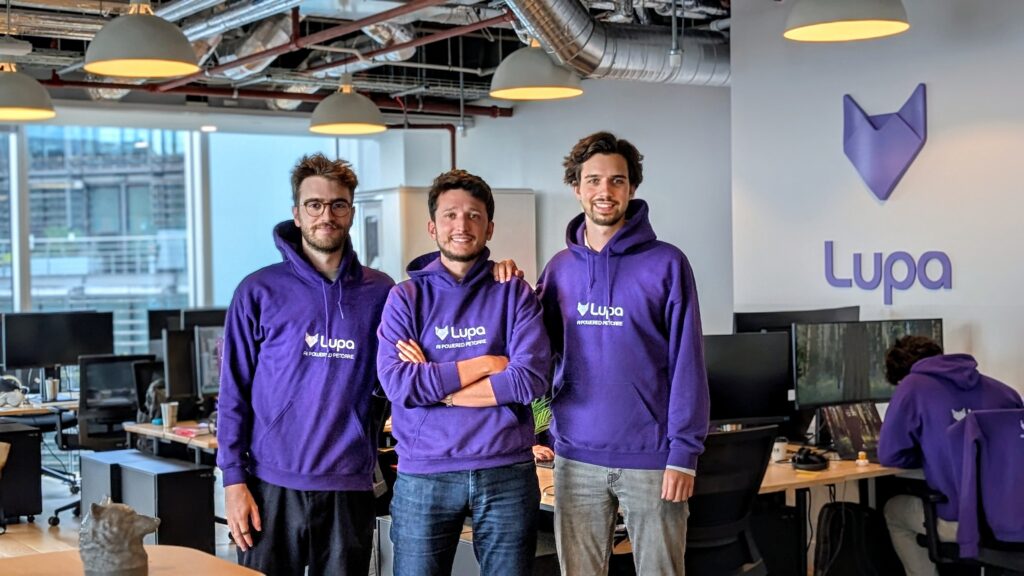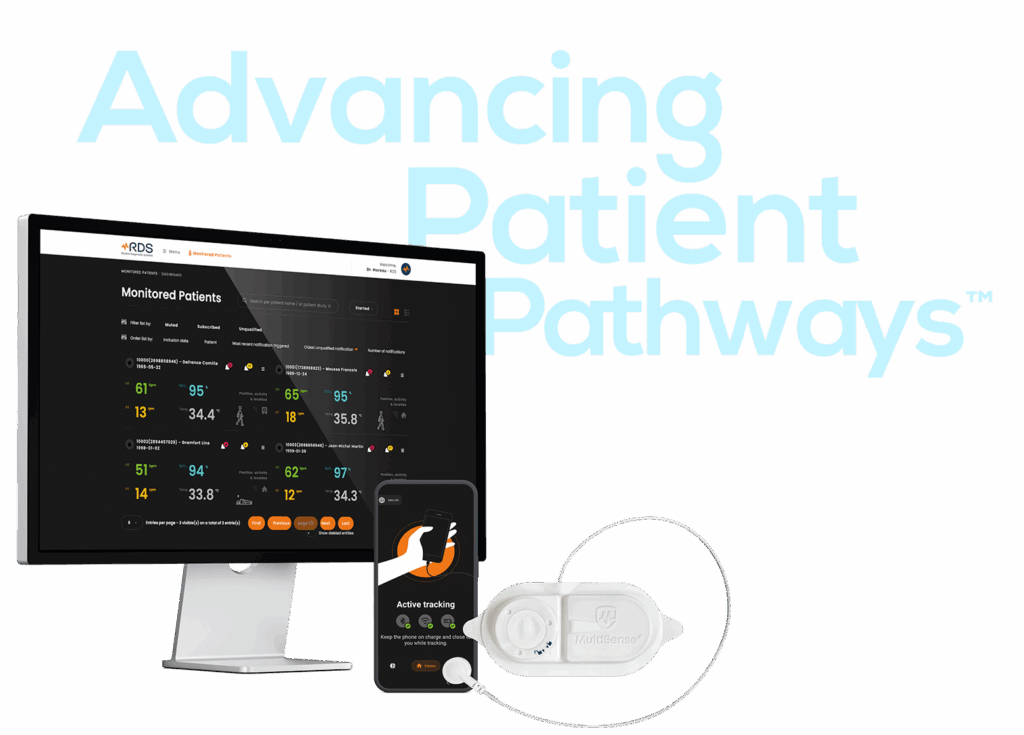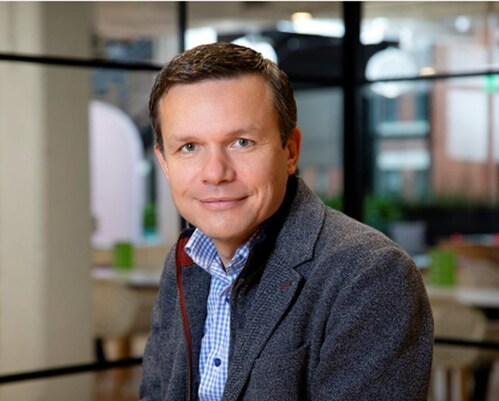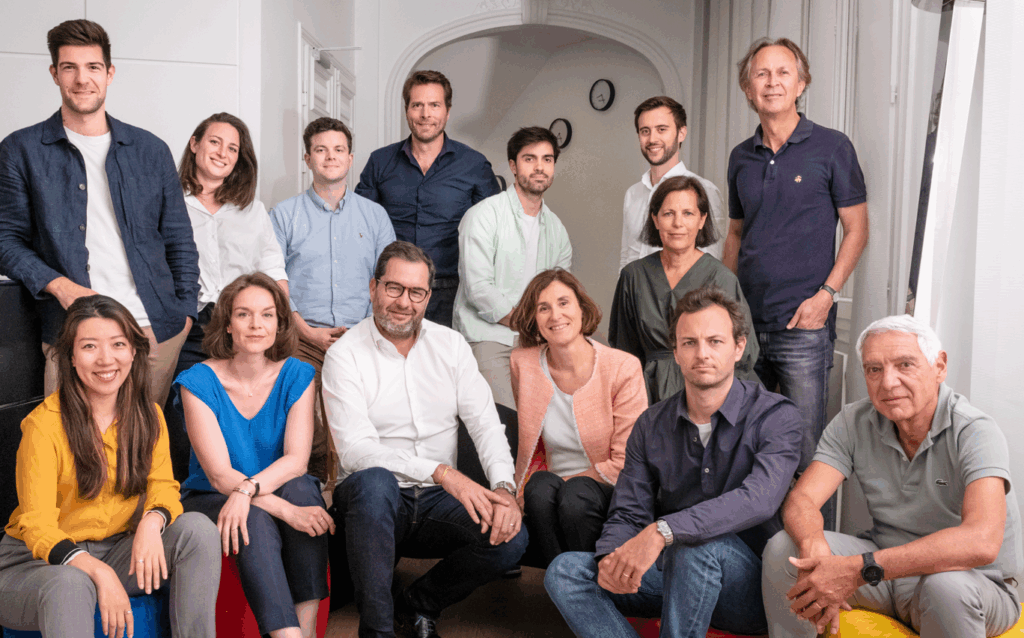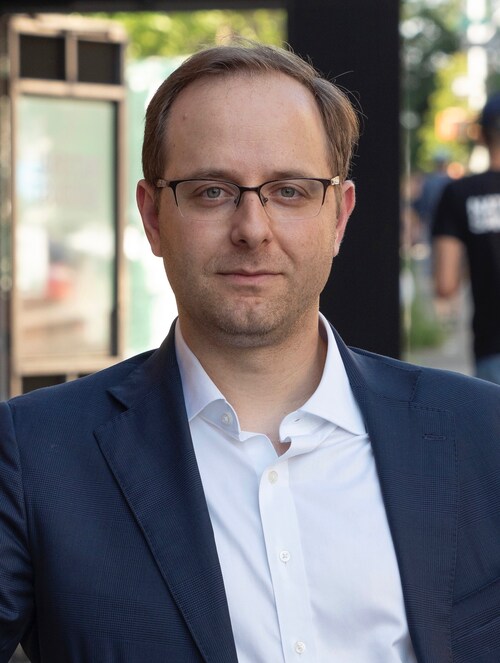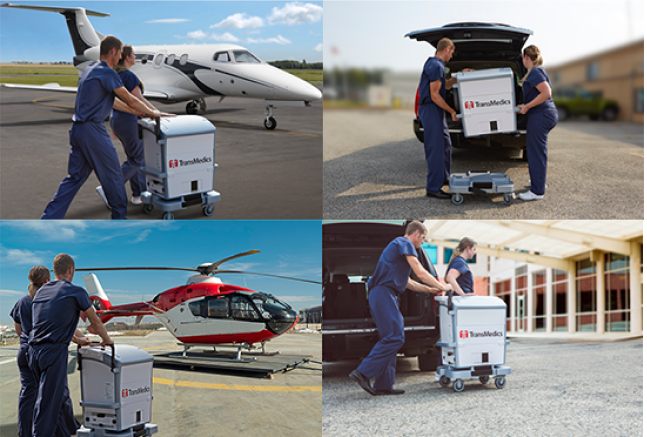Key Developments, Funding Rounds, Launches, and Regulatory Updates
This week in European MedTech and Digital Health has seen steady progress, with notable funding rounds, product launches, regulatory milestones, and leadership changes. Key highlights include the debut of a new ECMO system, a cardiology AI solution achieving its CE mark, and enhanced regulatory cooperation between the UK and the US on AI and medical devices.
People on the Move
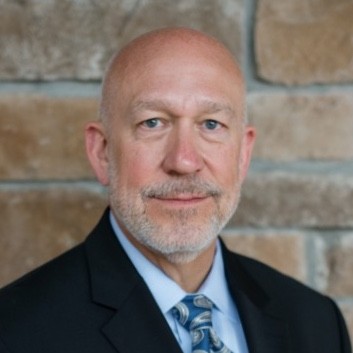
PBC Biomed (IRL): Mark McMahan has been appointed Chief Commercial Officer to accelerate go-to-market strategies for trauma and extremities products in the EU and US.

Merz Therapeutics (DE): The company has opened a new affiliate in Poland, with Jolanta Dilling-Sulimierska stepping in as General Manager to lead local expansion efforts.
Investment and Funding Activity
- The Medical Travel Company (UK/India): Raised €3.8 million in a round led by Nexus Venture Partners, with participation from athlete collective 4CAST. The company focuses on building regulated cross-border care pathways for UK patients to access accredited providers in India. The new funds will support deeper partnerships in the UK and the certification of care pathways.
- Fellos (NL): Secured €2.0 million in growth capital to expand its men’s health telemedicine services, specifically targeting erectile dysfunction and premature ejaculation. The funding will enable the company to scale operations in the Netherlands and broaden its service offering. Investors include healthcare professionals, Dutch Operator Fund, and Capital Mills. (7/10/2025)
- NP-Hard Ventures (NL): Announced a €25 million first close for Fund II, targeting European technical founders in deeptech and automation. The fund’s remit covers medtech infrastructure and robotics—providing vital capital for enabling tools in clinical and device workflows.
- Anasens × MAVAND: The two companies have entered into a distribution agreement for DrugAsens™ across selected EU markets and Australia. The partnership covers joint go-to-market strategies, training, and post-sales support.
Product Launches and Regulatory Updates
- Medtronic: Launched the VitalFlow ECMO system in Europe—a one-system platform debuting at EACTS in Copenhagen. This innovation expands options for ICU and intra-hospital transport of critical care patients.
- Vektor Medical: Secured the CE mark for vMap, an AI-assisted, non-invasive arrhythmia mapping product based on 12-lead ECG data, now entering the EU market. This technology has the potential to streamline electrophysiology workflows.
- Philips: Achieved a milestone with the 5,000th installation of its Zenition mobile C-arm, with the milestone site at Kolín Regional Hospital in the Czech Republic.
- UK MHRA & US FDA: Announced a deeper collaboration on medical technologies and AI, including new reliance routes and the creation of a National AI Commission. This alignment aims to speed up safe access to innovative devices.
Key Takeaway
The combination of commercial momentum and regulatory support is paving the way for faster adoption of new technologies in Europe. With the launch of ECMO and arrhythmia-mapping solutions and closer UK–US regulatory alignment, companies should focus on products that improve clinical workflow efficiency and meet notified-body evidence requirements. Investors are encouraged to keep an eye on infrastructure and peri-procedural AI, as these segments are transitioning from pilot phases to procurement.
This content has been enhanced with GenAI
Sources
https://www.eu-startups.com/2025/10/cricket-stars-help-raise-e3-8-million-for-the-medical-travel-company-and-its-cross-border-healthcare/
https://www.eu-startups.com/2025/10/dutch-mens-health-startup-fellos-lands-e2-million-to-tackle-sensitive-issues-like-ed-and-pe-through-telehealth/
https://siliconcanals.com/np-hard-ventures-launches-e25m-fund-ii/
https://news.medtronic.com/Medtronic-Cardiac-Surgery-launches-VitalFlow-TM-Extracorporeal-Membrane-Oxygenation-ECMO-system-in-Europe%2C-advancing-care-for-critically-ill-patients
https://www.businesswire.com/news/home/20251007948309/en/Vektor-Medical-Secures-CE-Mark-for-vMap-Bringing-the-Benefits-of-Non-Invasive-Arrhythmia-Mapping-to-Europe
https://www.gov.uk/government/news/patients-to-benefit-as-uk-and-us-regulators-forge-new-collaboration-on-medical-technologies-and-ai

